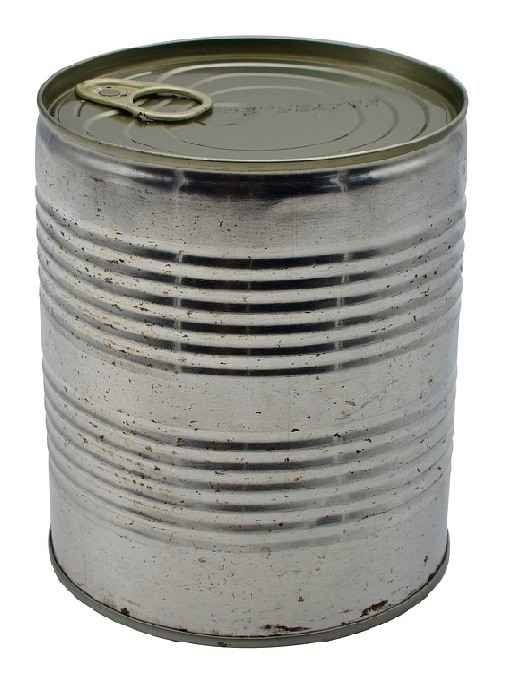
Picture this: your garden, bursting with vibrant herbs, the air thick with their intoxicating scents. Basil, rich and sweet, promising delicious pesto. Mint, cool and refreshing, hinting at mojitos and summer iced tea. But then a nagging thought creeps in – are these two culinary powerhouses friends or foes? The question of companion planting always feels so important when planning your garden.
Understanding Companion Planting: Why Does It Matter?
Companion planting is the strategic placement of different plants together to benefit one or both. These benefits can be manifold: pest control, improved pollination, enhanced growth, and even more efficient use of garden space. It’s all about creating a synergistic ecosystem in your garden, where plants help each other thrive. Some plants are natural pest repellents, deterring insects that might otherwise damage their neighbors. Others attract beneficial insects that prey on pests. Still others improve the soil quality, making nutrients more available to nearby plants. Essentially, companion planting harnesses the power of nature to create a healthier and more productive garden. It's like setting up a mini-community where everyone has a role to play.
Understanding the concept of companion planting is crucial when consideringCan you plant mint next to basil? Without a firm grasp of the principles, the decision to plant specific herbs together can be haphazard and potentially detrimental to your garden’s health.
The Case for Separation: Why Mint and Basil Might Not Be the Best Neighbors
So, back to our original question: Can you plant basil next to mint? The answer, unfortunately, leans towards "it's complicated." Here's why. The primary concern is mint's aggressive growth habit. Mint is notorious for its spreading tendencies. Its underground runners, called rhizomes, can quickly colonize a large area, potentially choking out neighboring plants, including basil. Basil, while relatively robust, is no match for a determined mint invasion. Here’s a breakdown of the issues:
- Aggressive Spreading: Mint can quickly take over a garden bed, outcompeting basil for resources like sunlight, water, and nutrients.
- Competition for Resources: Even if mint doesn't completely engulf basil, the competition can stunt the basil's growth and reduce its yield.
- Different Needs: While both basil and mint enjoy well-drained soil and plenty of sunlight, basil tends to be a bit more sensitive to soil moisture levels. Mint can tolerate wetter conditions, which might lead to overwatering the basil if they're planted close together.
The Potential Benefits: When Planting Mint and Basil Together Might Work
Despite the potential drawbacks, there are some arguments for planting mint and basil in proximity, although not directly next to each other. These are more theoretical than practical, and require careful management:
- Pest Repellency: Mint is known to repel certain pests, such as aphids and cabbage moths, which could indirectly benefit basil.
- Attracting Beneficial Insects: Both basil and mint flowers attract beneficial insects like bees and hoverflies, which can help pollinate other plants in your garden.
However, it's important to consider the scale of your garden. In a large garden, the limited pest repellency offered by the mint will not be enough to help your basil. Other companion plants would serve you better, for example, marigolds.
Even though those benefits exist, the risk of mint overtaking your basil far outweighs the benefits of placing mint and basil near each other. If youplant mint next to basil, you are taking a huge risk, and potentially setting your basil up for failure.
Strategies for Planting Mint and Basil Harmoniously (But Separately!)
If you're determined to grow mint and basil in your garden, here are some strategies to keep them from clashing:
- Container Gardening: This is the most effective way to control mint's spread. Plant mint in a separate container and keep it well away from your basil.
- Barriers: If you must plant mint in the ground, use a physical barrier to contain its roots. Sink a deep border of metal or plastic (at least 12 inches deep) around the mint patch.
- Vigilant Pruning: Regularly prune mint to prevent it from flowering and setting seed, which can contribute to its spread. Also, keep an eye out for runners escaping the designated area and remove them promptly.
By taking these precautions, you can enjoy the benefits of both mint and basil without sacrificing the health and productivity of your garden.
Speaking of garden health, my back is often sore after long hours tending to my herbs. I've found that the KVR Upgraded Gardening Stool, a useful heavy-duty foldable gardener stool with 2 tool pouches, has been a great help for those long days of gardening! You can find this kneeling pad and seat on Amazon through this link: https://amzn.to/4mhl Mx I.
Alternative Companion Plants for Basil
If you're looking for plants that actively help basil thrive, consider these options:
- Tomatoes: Basil is a classic companion plant for tomatoes. It's believed to improve the flavor of tomatoes and repel pests like tomato hornworms.
- Marigolds: Marigolds are known for their pest-repellent properties. They deter nematodes, whiteflies, and other harmful insects.
- Peppers: Basil can help repel aphids and whiteflies from peppers.
- Onions and Garlic: These pungent plants deter many common garden pests.
These plants are generally more compatible with basil and offer more reliable benefits than mint.
Conclusion: Can You Plant Mint Next To Basil? Proceed with Caution!
Ultimately, the decision of whether or not toplant mint next to basil is up to you. However, given mint's aggressive nature, it's generally best to keep them separated. Container gardening or the use of physical barriers are the safest ways to enjoy both herbs without risking the health of your basil. By understanding the principles of companion planting and taking appropriate precautions, you can create a thriving herb garden that provides you with a bountiful harvest for years to come. Remember to always research the specific needs and growth habits of each plant before placing them together. Happy gardening!